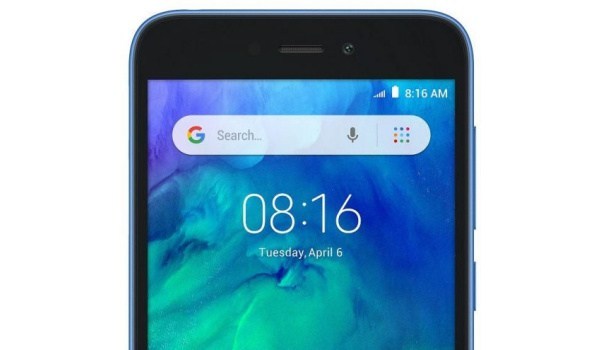A few years ago when every smartphone brand was scrambling for the premium market, I insisted that the long-term battle would not be won at the top but at the bottom of the pyramid. This was articlulated in my article, The battle for mobile will be won and lost at the low end. Here is an excerpt from that article: But talk and projection is cheap. The question is whether or not the market has gone in that direction. I am happy to tell you that things have. Let’s have a look at the facts that point to a new focus on the budget smartphone market globally. The battle for mobile will be won and lost at the bottom of the pyramid. Apple has since then released a “budget” iPhone. The iPhone XR was an instant hit. It was the hottest iPhone model in the USA in 2018, and it is selling like hot cake everywhere else. Xiaomi has a reputation for delivering smartphones with great value at the best prices, but they never really looked at the entry-level market. This year, this vibrant Chinese smartphone brand has released an Android Go smartphone, the Redmi Go. I have had hands-on time with the Redmi Go and it is a revolution at the entry-level: this 1 GB RAM Android Go Edition smartphone feels so premium that it is almost unbelievable. We are talking about a $65 (₦22,000) smartphone here. Now, Google has launched mid-range Pixel phones, the Pixel 3a and Pixel 3a XL. They are not rock bottom budget phones, but they are a distinct departure from Google’s strictly premium outlook. They are a shift and a new focus on the budget end of the smartphone market. What is even more interesting is that Google has said that they have plans to keep on producing cheaper Pixel phones[1].
Why Is The Budget Smartphone Market The Next Frontier?
There are reasons why the budget smartphone market is the next frontier of conquest for mobile manufacturers. For one, the premium market is saturated and everyone is struuffling there. Even Apple, king of premium, is struggling to sell more iPhones. Samsung is struggling there too. Every mobile brand is. The top of the pyramid is a very pointed, limited space. There is only so much you can squeeze out of it. Also, the price of premium smartphones have kept rising over the years. How the market has responded is that consumers now hold on to their premium devices much longer – many for two years instead of the typical one year uprade cycle that used to exist. This means that many Samsung Galaxy S8 owners did not upgrade to the S9 and would then pick up a Galaxy S10 two years down the road. It is also important to note that the budget segment is huge, spanning all the way from sub-$100 entry-level Android Go smartphones to Snapdragon 660 devices that cost hundreds of dollars. That covers billions of people from every continent.
This Is Sparta! The Battle For Budget Smartphone Markets
With Europe and North America (and to a certain extent China) now saturated, brands look to put a lock on other regions where there are available opportunities. Those regions include countries like india, Pakistan, Bangladesh, Brazil, Nigeria, and many others where purchasing power is not as high as in the matured markets. These are budget smartphone markets. And it is to these markets that all the big boys and girls are now turning their sights. Huawei, OPPO, Xiaomi, Apple, Samsung, and others. Apple is opening factories in India. Samsung has created a new A series lineup that is clearly a response to the threat of Chinese brands in budget markets. OPPO and Xiaomi are launching African operations. Huawei Mobile is pushing again in key African countries, as they are on the Indian sub-continent. The scramble for the bottom of the pyramid is well under way and this new focus on the budget smartphone market will eventually become a torrent. Buckle up, people. This is going to be Sparta. References 1. Google plans to build multiple generations of affordable Pixel phones.
Don’t miss our reviews.Join our WhatsApp Group, to be notified of the most important articles and deals,Follow us on Instagram, Facebook, Twitter, and YouTube.

![]()
